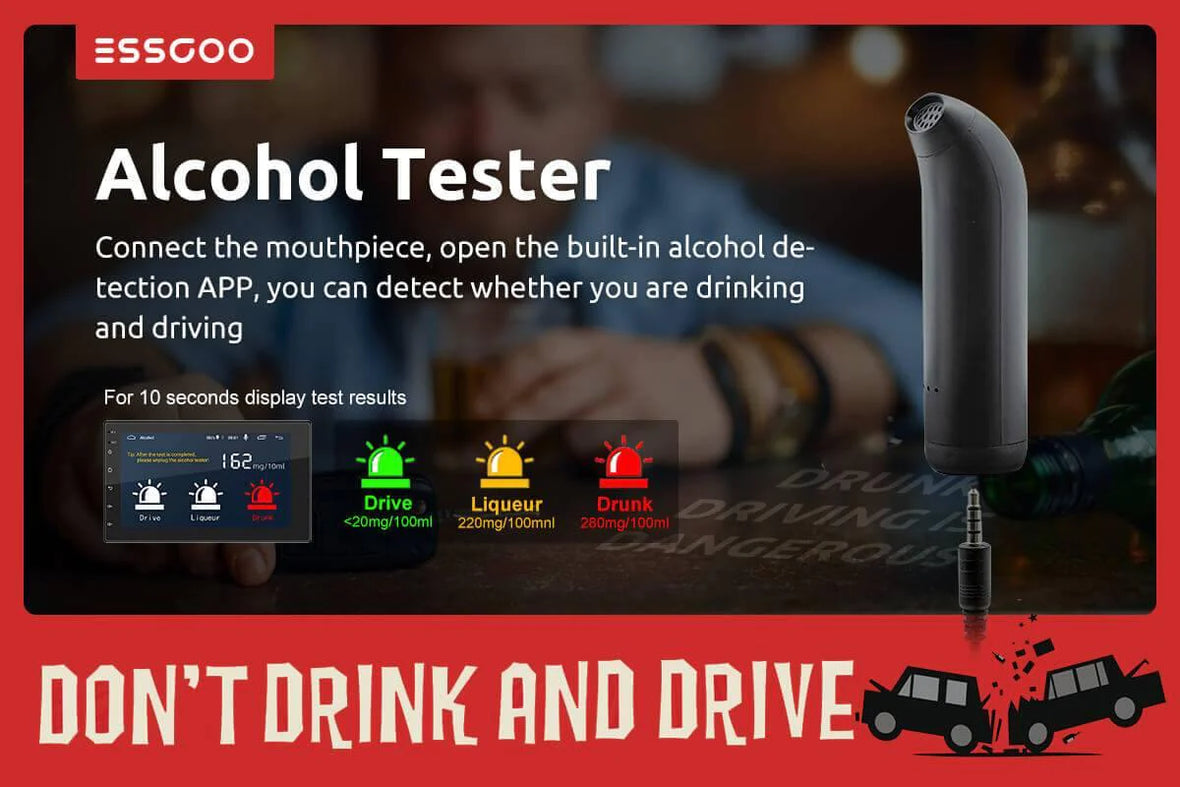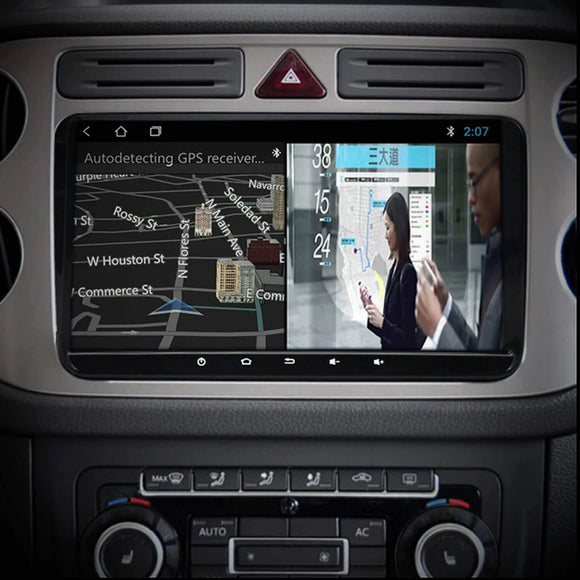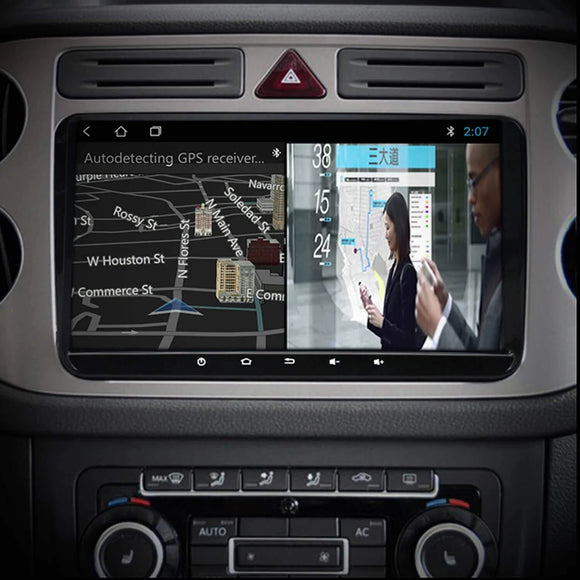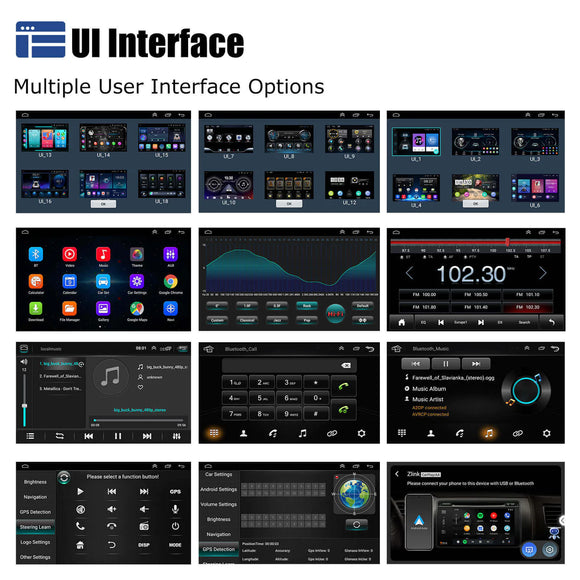
Guide to Purchasing a Car Stereo
How to choose a car stereo that's right for you
Any automobile music system is incomplete without a car stereo. With so many options, how can you choose the best one? This article will assist you in narrowing down your options for the best audio for you and your car or truck.
Where can I obtain a new vehicle stereo?
A new vehicle stereo (also known as a car receiver or head unit) will provide you with greater sound, more connection, and more playback choices than a stock stereo. We'll talk about these subjects and more while asking you some basic questions about how you use your audio. And if you have any questions, you can always contact one of our advisers (such as Ivy, seen above). They're kind, patient, knowledgable, and willing to assist.
Why are you looking to upgrade your present stereo?
When you phone us, one of our consultants will ask you this question. Whether you just want to replace a broken radio or enhance features you don't presently have, addressing this question might help you focus on what you're missing and what you hope to gain from a new stereo.
how the new radio improves her prior vehicle
Superior built-in power and superior circuit design ensure that an aftermarket automobile radio provides cleaner, richer, more-detailed sound than a conventional factory audio. With improved tone settings, you'll be able to fine-tune the music exactly as you want it.
If sound quality is important to you, search for a stereo that includes precise sound settings like as digital time correction and parametric equalization. They are often found on higher-end vehicles, although even lower-priced aftermarket stereos will provide greater audio control than the standard factory radio.
New music sources and functionality have been added.
One of the most popular reasons for purchasing a new stereo is to increase your listening options and capabilities, such as: What matches your car?It's important to make sure you choose a new stereo that fits in your dash. Checking fit is easy using our vehicle selector tool. Enter your specific vehicle information, and we'll filter out the options that won't work in your vehicle and display the ones that will. Plus, we'll let you know about the installation kits, special adapters, and instructions that you'll need — which we offer at a discount when you buy your new stereo from us.
What is your preferred method of music listening?
The next stage in picking the best automobile receiver is to answer this question. Knowing which choices are "must-haves" can help you reduce your search and focus on the aspects that are crucial to you, allowing you to listen in the ways that are most comfortable for you:
Apple CarPlay and Android AutoTM: We have a large assortment of receivers that support smartphone capability. They provide you access to a plethora of music applications (and more) via the touchscreen or voice control. For additional information, see our guides to vehicle stereos with Apple CarPlay and car stereos with Android Auto.Playing music from your phone: Look for a stereo that can manage your phone or that can stream music over Bluetooth.
Thumb drives or music players: Most in-dash receivers offer USB ports, allowing you to have a ready-to-play music collection in your car at all times, loaded into a thumb drive or other sort of mass storage device. Auxiliary inputs allow you to connect non-USB devices such as portable audio players. SDTM card slots are also available on some receivers.
CDs: If you still listen to those sparkling discs (as many of us do), ensure that your new stereo can play them. You'll need a CD or DVD player. If you do not require disc playback, a digital media or multimedia receiver may be the best option for you. More information may be found in our digital media receiver buying guide.
SiriusXM: If you want to add satellite radio to your new vehicle audio, check sure it is "satellite radio-ready." This implies it can control a hidden satellite radio tuner. If you already listen to music via a phone app or a portable satellite radio, your new stereo only requires an auxiliary input or Bluetooth.
FM radio: Radios with poor FM sensitivity perform better in picking up radio broadcasts. FM sensitivity of 8 to 12 dBf is considered excellent. If a better-than-average AM/FM radio is important to you, seek for it in the stereo's description.
HD RadioTM broadcasts: The number of radio stations airing digital transmissions is increasing. Your stereo must have an HD Radio tuner in order to benefit from static-free reception and improved sound quality.


